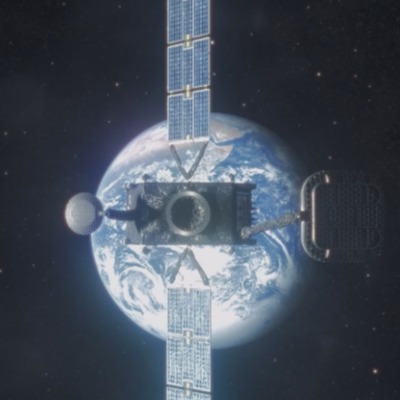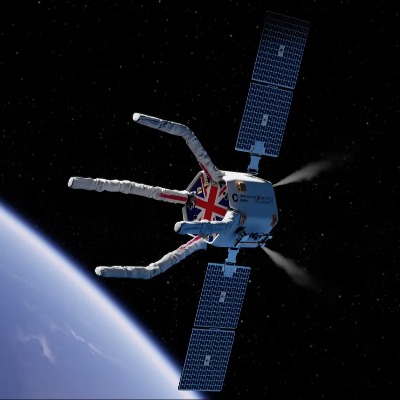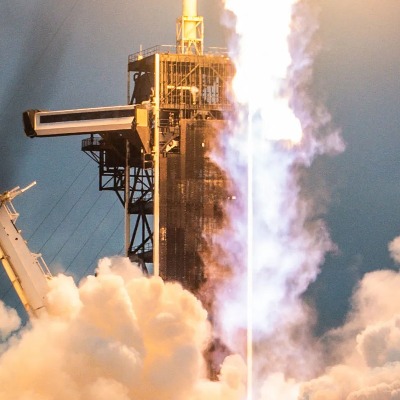ESA's Microscopic Thrusters Ready For Blastoff: Tiny Pinhole Engines Open Up Big Possibilities

Europe's space agency, ESA, has achieved a game-changer in miniature propulsion technology.
Key Points:
- ESA's pinhole thrusters, the size of a fingernail, are ready for production.
- They offer high thrust-to-weight ratio, eco-friendly fuel, and customizability.
- Ideal for CubeSats and open doors for miniaturized spacecraft and innovative missions.
- Production paves the way for commercially available tiny engines, fueling a new era of space exploration.
Their revolutionary pinhole thrusters, barely bigger than a fingernail, are now officially greenlit for production, paving the way for a new generation of compact spacecraft and innovative missions.
These tiny marvels, boasting the size of a matchstick head, utilize an ingenious method to generate thrust. Electrically charged particles from a conductive salt are expelled through microscopic orifices, propelled by an electrostatic field. This whisper-quiet technology provides an impressive thrust-to-weight ratio, enabling precise maneuvering and trajectory adjustments for satellites and probes.
"The pinhole thruster's potential is immense," enthuses Dr. Pietro Genovese, project manager at ESA. "These miniaturized engines open doors for smaller, more agile spacecraft, allowing us to deploy constellations for Earth observation, explore unexplored celestial bodies, and even send tiny probes to deep space."
Beyond their compact size, these thrusters offer several other advantages:
- Eco-friendly: The propellant is a non-toxic liquid salt, eliminating the hazards of conventional fuels.
- Highly customizable: Individual thrusters can be grouped in various configurations to tailor thrust output and direction.
- Low maintenance: These solid-state engines require minimal upkeep, increasing mission reliability.
The first practical application of these engines is likely to be in CubeSats, miniature satellites weighing no more than a kilogram. Their small size and low power consumption make them ideal candidates for these tiny explorers. But the implications extend far beyond.
"Imagine a swarm of pinhole-powered micro-satellites monitoring Earth's climate or a fleet of miniature probes investigating asteroids," Dr. Genovese adds. "These are just some of the possibilities that these revolutionary engines unleash."
With production now ramping up, ESA is partnering with private companies to make the pinhole thrusters commercially available. This democratization of miniaturized space propulsion promises to accelerate innovation and fuel a new era of exploration, propelled by the power of microscopic engines.




